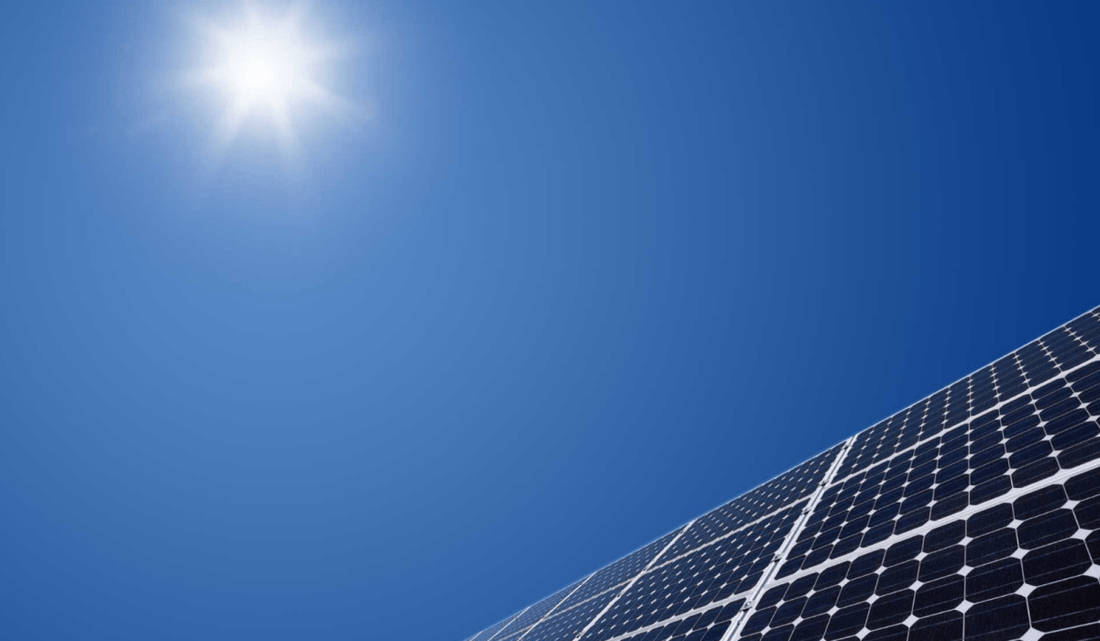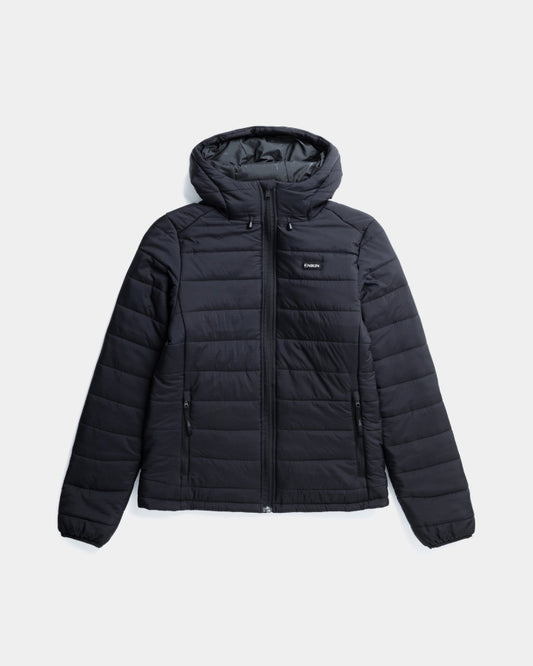The spring-like weather of the last few days and weeks has spoiled us with plenty of sunshine and temperatures well above 20 °C. Spring 2020 is sunnier than any previous spring. The sun not only provides us with vitamin D - it can also be used to generate energy.
Solar energy is the energy that can be obtained from the sun's rays. This includes not only the energy generated by converting solar radiation into electricity, but also the direct heat of the sun and the thermal utilization of solar radiation. the sun's radiant power is based on the electromagnetic radiation that is released at the surface of the celestial body - at an estimated, barely imaginable temperature of approx. 5500 °C.
How does the use of solar energy work physically?
The sun's rays that reach us are the products of nuclear fusion taking place inside the sun. When the rays hit the earth's atmosphere, they still have an intensity of approx. 1367 watts per m². Part of the solar radiation is already stopped, dispersed or reflected by suspended particles in the atmosphere. And the atmosphere itself is already heated by the solar radiation and therefore absorbs a considerable proportion of the radiation.
What remains reaches the earth's surface and unfolds its effect there. The sun's rays are used by plants for photosynthesis, i.e. the conversion of carbon monoxide into oxygen. We owe the air we breathe to this process.
When people use solar energy, they do so in various ways with the help of photovoltaics or photo-thermal technology:
- Using solar cells in photovoltaics to generate direct current
- Generating heat with solar collectors as part of photothermal technology
- Electricity generation in the solar thermal power plant via heat and steam
- Generating electricity from sun-heated air in so-called upwind power plants
- Solar ovens or stoves for heating food, medical devices and much more.
- Solar balloons, whose ability to fly is based on the hot air inside
What are the advantages and disadvantages of solar power?
When it comes to the use of solar energy, experts distinguish between solar collectors and photovoltaic systems. Solar collectors can be used, for example, to heat water for household needs; no storage medium is provided here. However, the collectors only perform at their best when the weather is very fine and the sky is clear. At night, as soon as the heated water supply is used up, showering is no longer possible.
Photovoltaic systems, on the other hand, can be used to generate electricity that is fed into the grid. The electricity generated in this way is remunerated to the producer. Conversely, households with a photovoltaic system can feed electricity into the grid during the day and draw electricity from the grid at night.
Such systems are of course much more expensive to purchase than the fairly simple collectors. In addition, users must calculate how large or powerful the system is in order to be able to amortize it sensibly. If you have enough roof space, a photovoltaic system of 20-30 m² can be amortized within approx. 15 years.
It is also complex to store the solar energy generated. Work is still underway on suitable chemical storage media, and the use of hydrogen cells is conceivable.
What are the benefits of solar energy?
Larger photovoltaic systems are complex panels made of semiconductors that convert solar radiation into direct current. This is converted and can be fed into the electricity grid. The systems have become much more affordable than they were 10 or 15 years ago and are one of the most important sustainable methods of generating electricity. As modern solar cells have an extremely high conversion rate, they also work well in northern latitudes.
And the possibilities are far from exhausted. At least a quarter of our energy requirements could be covered by solar power by the middle of the century. And solar energy can be used not only for the electricity required, but also for water heating and room heating - both actively and passively, ideally in combination with appropriate renovation and insulation of buildings.
Passive and active use of solar energy
Solar energy has been used passively for thousands of years - especially in the orientation of buildings. The aim is to capture the maximum amount of light and heat through the windows. At the same time, so-called "passive houses" must of course also have appropriate thermal insulation so that the "captured" solar heat remains inside.
If, on the other hand, solar radiation is to be actively used, a solar collector is required to generate hot water or a photovoltaic system to generate electricity. Regardless of what users choose, the panels or other components can be incorporated into the design of a building.
Using solar energy - it works almost everywhere
With highly efficient new solar panels, the power of the sun can be converted into energy even in northern latitudes. Even the slightest amount of light is utilized. And mobile solutions are now also being considered. There are solar pads, for example, which are an ideal energy supply option for outdoor enthusiasts. The pads are actually portable solar cells. They can be attached to a rucksack or the roof of a car and at the end of the day have generated electricity for a cell phone, camera or hot shower water. Solar energy is therefore not only incredibly sustainable - it is also extremely portable!
NIKIN - for a more sustainable approach to the environment
Although we at NIKIN are primarily concerned with sustainable materials in the fashion industry and fighting against global deforestation, it is important to us to think sustainably in other areas of life too. We want to motivate people to rethink their lifestyle and possibly make it more sustainable. It is time to think about alternative energy sources to the conventional ones. One of these is the use of solar energy, which is gradually becoming more affordable thanks to technological progress and is also experiencing an upswing in Switzerland.





















